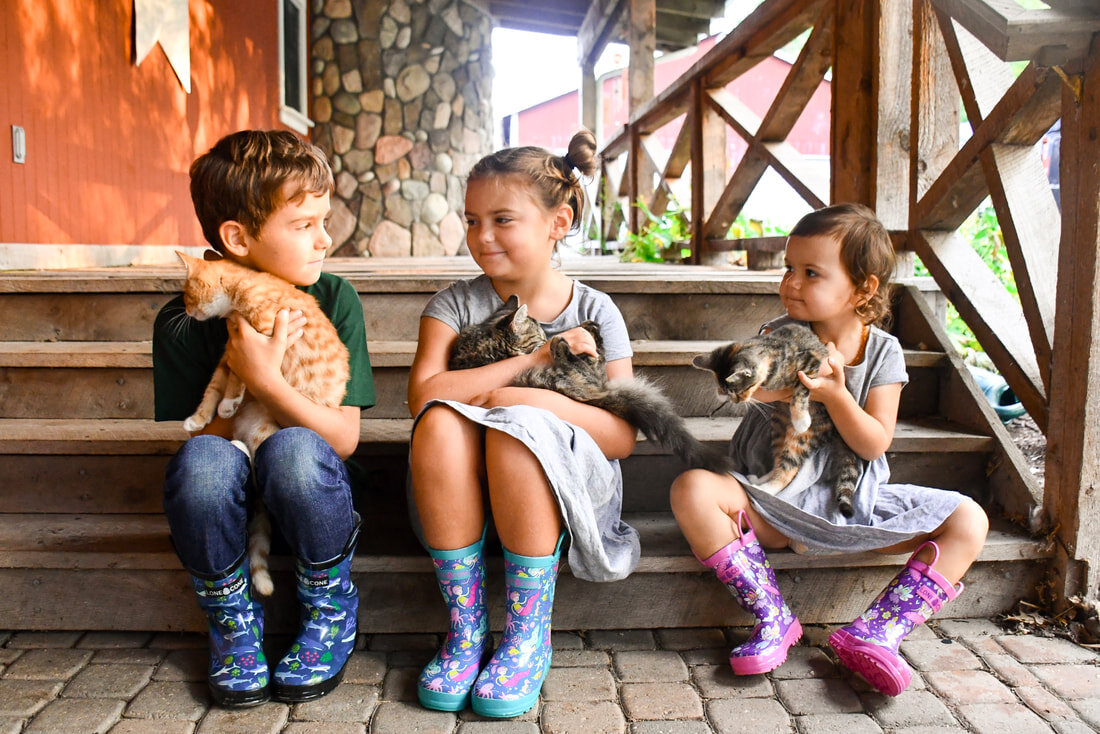Prioritizing Eye Contact in the Digital Age
Here is a sobering statistic: Children between the ages of 10 and 17 will experience nearly one-third fewer face-to-face interactions with other people throughout their lifetimes as a result of an increasingly electronic culture, at home and in school.
That statistic came as the result of a study done in the year 2000 from Qualified Impressions, a Texas company. In other words, this is a pre-smart phone, pre-tablet statistic. It is hard to imagine what the results would be today, only 20 years later.
Eye contact and face-to-face interaction are a crucial component of relationship building. A single human eyeball is more complex than anything that has ever been constructed by man. By way of comparison, the space shuttle Columbia was made from 5.2 million parts. One eye has more than a billion total parts, including 137 million photoreceptors. Our eyes are the entry point for around 90% of the information we will learn in a lifetime.
In conversation, eye contact is needed for 60 to 70 percent on the conversation in order for an emotional connection to be made. Thanks to screen culture, the average adult now makes eyes contact between only 30 and 60 percent of the time. Something distinct happens when we hold the gaze of another. Psychiatrists Thomas Lewis, Fari Amini and Richard Lannon put it this way: When we meet the gaze of another, two nervous systems achieve a palpable and intimate apposition.
Part of the mission of 1000 Hours Outside encompasses building relationships and true community through shared experiences. Electronic connection often gives only the illusion of social connection. Real people need to connect in real ways through face-to-face contact. Adventures with friends in nature help kids (and adults) form deep and meaningful bonds.
Bringing back eye-contact and creating meaningful personal bonds begins with replacing some virtual experiences with real-world experiences. If kids can consume media through screens 1200 hours a year on average then the time is there and at least some of it can and should be shifted to a more productive and healthy outcome.



